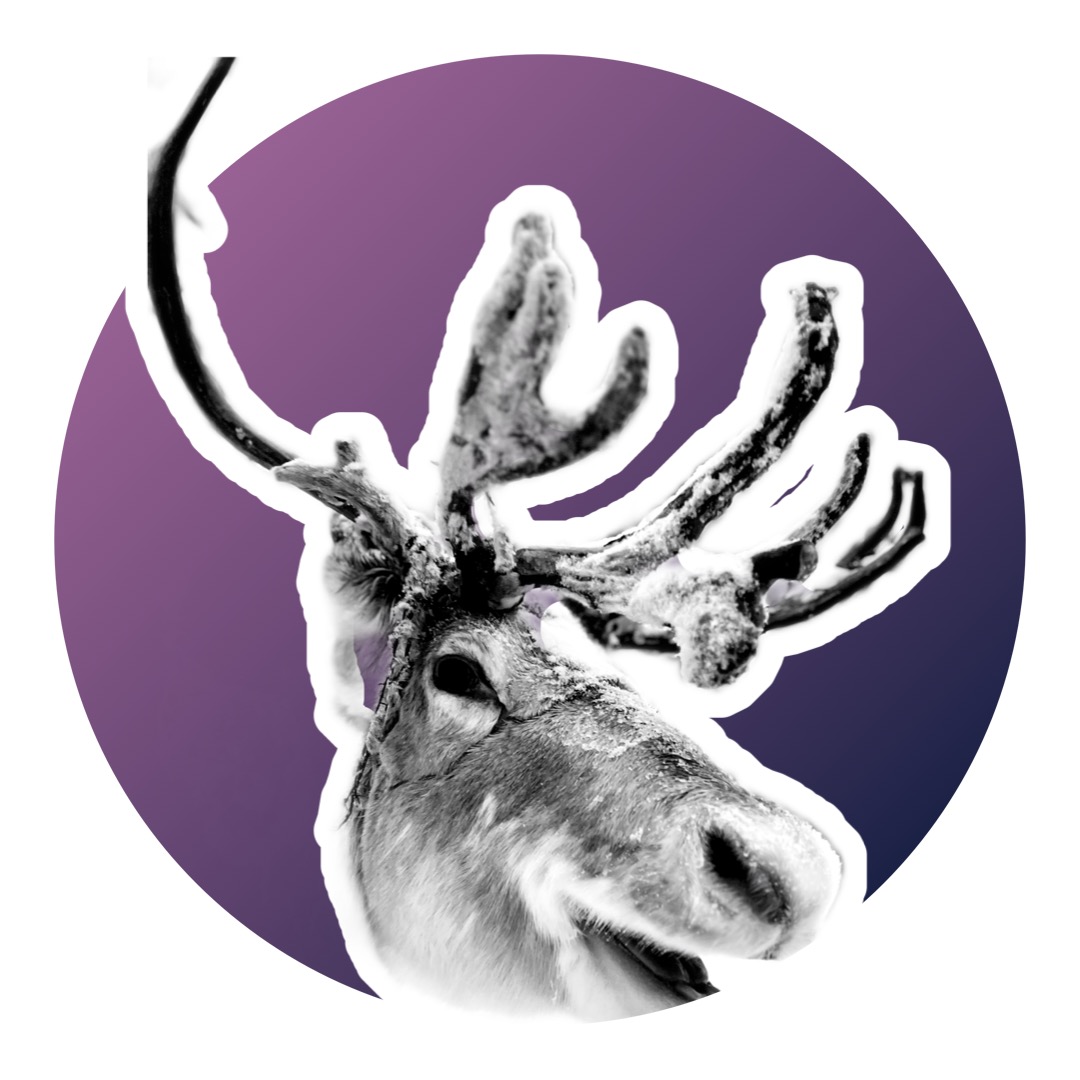Aurora photography
- Arctic Adventurers
- Jan 3, 2023
- 2 min read
Updated: Jan 4, 2023

We'll never forget our first aurora. It was the final night of our first visit to Iceland (the final night has become a repeated theme!) and the forecast was low - KP0 to be precise.
Read more about KP levels here.
We'd experienced three days of snow with heavy cloud cover and with a cancelled tour, followed by a tour the next day that we now understand was nothing more than a futile gesture to keep us believing, we looked set to go home wondering what could have been.
At around 11pm, out in the wilderness of the Þingvellir National Park, we were treated to a spectacular aurora display for over an hour.
Amy had gifted me a new camera for my birthday and I was completely clueless and unprepared. It did mean that I could enjoy the lights and give my undivided attention, which I now recognise was a good thing, but I should have been more prepared. So here are a few steps to ensure you are ready!
What you'll need:
A camera that has a manual setting mode - so something more than a basic digital camera. It's now possible to capture an aurora photo on an iPhone, but it will need to be kept still and will lack the detail that a more advanced camera can offer:

You'll need to identify if you have a long exposure option in your photo settings. You'll be likely to see an option of 1-3 seconds. Your phone will need to be perfectly still to capture an in focus shot, but with a bit of practice, it is possible to do this by hand (as above) but I wouldn't recommend it!
A tripod - a lightweight travel tripod is sufficient and can be found for under £20 on Amazon.
A remote trigger (or voice trigger) is handy but you can always set a timer to avoid having to touch your camera and reduce the risk of blurring.
A fast, wide angle lens - ideally f/2.8 or lower.
Camera settings
Aperture - likely to be f/1.4 to f4.0. It's worth trying different options to see what you like best.
Shutter speed - 5 seconds, but worth trying slightly less or more. Longer may cause the shape of the aurora to blur if it is active.
ISO - try ISO 1000 or below in the first instance to identify if noise becomes an issue.
White balance - try options below 5000k
Focus - set manual and focus on infinity to ensure stars are clear
It is best to have your camera set up and ready and it's a good move to take a few test shots of the star-lit sky so you are ready and prepared.
You can then do a lot better than I did with my first effort and I hope that you are rewarded with some wonderful memories, images and a nod from the man himself...

.






Comments